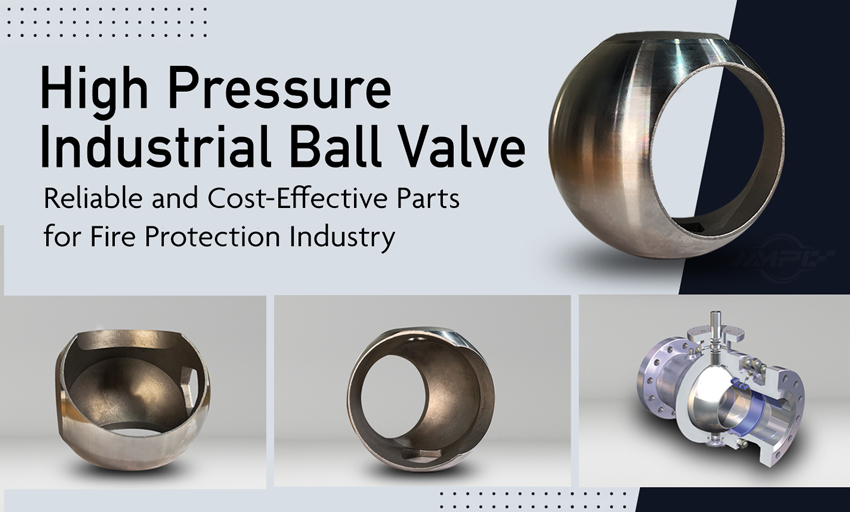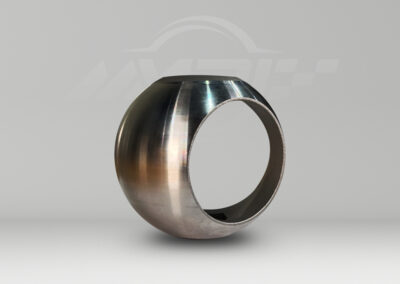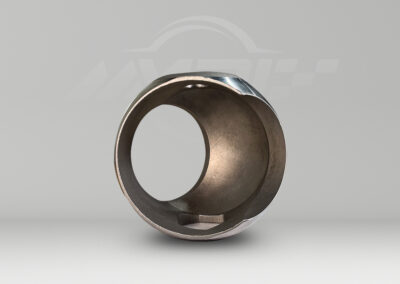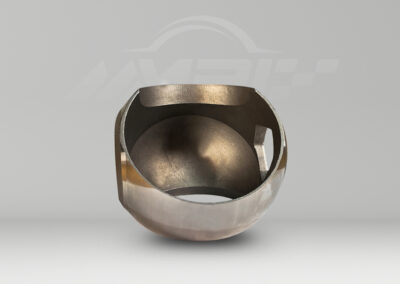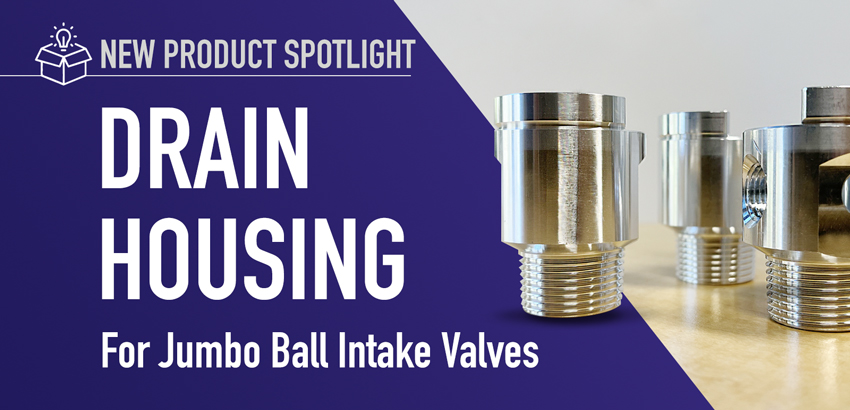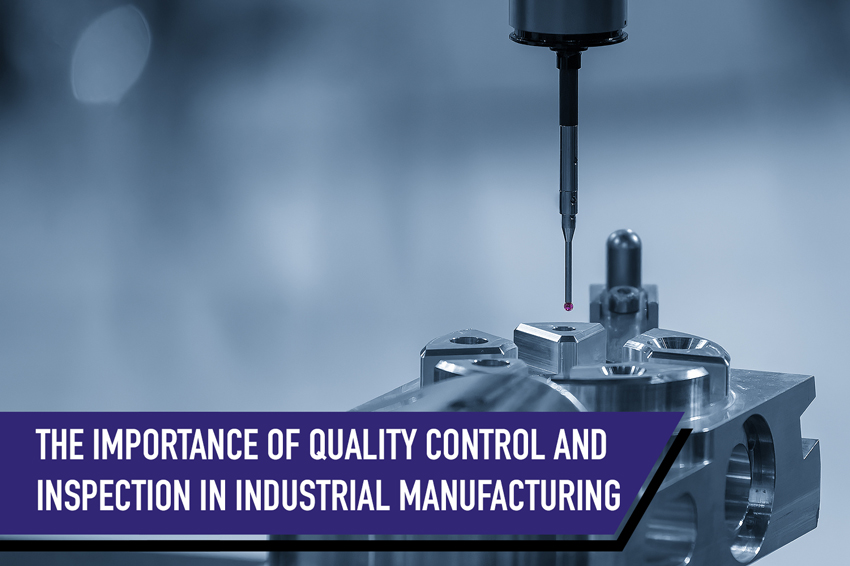What are high pressure industrial ball valves
A high pressure industrial ball valves are a type of valves designed to handle high-pressure fluids or gases in industrial applications. It consists of a hollow sphere (the ball) with a hole or bore in the center. The ball has a through-hole or passage that allows the flow of the fluid or gas when aligned with the valve’s inlet and outlet ports.
The ball valve operates by rotating the ball 90 degrees using a handle or actuator, which changes the alignment of the hole or passage. When the hole aligns with the inlet and outlet ports, the valve is open, allowing the fluid or gas to flow through. When the hole is perpendicular to the ports, the valve is closed, stopping the flow.
High pressure industrial ball valves are specifically designed to withstand and regulate the flow of fluids or gases under high pressure conditions, typically ranging from a few hundred to several thousand pounds per square inch (psi). These valves are constructed using robust materials such as stainless steel, carbon steel, or other alloys that can handle the high pressures without leaking or failing.
They are commonly used in various industries such as oil and gas, petrochemical, power generation, chemical processing, and water treatment, where reliable control of high-pressure fluids or gases is required. High pressure ball valves offer several advantages, including quick and easy operation, excellent sealing capabilities, minimal pressure drop, and durability in demanding environments.
Manufacturing Process
High pressure industrial ball valves are manufactured using several processes and techniques. Here is a general overview of the typical manufacturing steps involved:
Design
The valve’s design is created based on specific requirements and industry standards. This includes determining the valve size, pressure rating, materials of construction, end connections, and other features.
Material selection
Depending on the application and pressure requirements, suitable materials such as stainless steel, carbon steel, or other alloys are selected for the valve body, ball, stem, and other components.
Machining
The valve components are machined using CNC (Computer Numerical Control) machines or other precision machining tools. This involves cutting, shaping, drilling, and tapping the raw materials to create the desired shape and dimensions.
Ball formation
The ball, which is a crucial component of the valve, is typically manufactured separately. It can be forged, cast, or machined depending on the design and material. Forging or casting processes involve shaping the material under high temperature and pressure to achieve the desired ball shape.
Assembly
Once the individual components are machined and formed, they are assembled together. This includes attaching the ball to the stem, installing seats or seals, and connecting the end connections such as flanges, threads, or weld ends.
Testing
To ensure quality and performance, the manufactured valves undergo various quality assurance tests. These tests can include pressure testing, leakage testing, torque testing, and functionality checks to verify the valve’s ability to handle high pressures and operate smoothly.
Finishing and coating
Depending on the requirements, the valves may undergo surface finishing processes such as polishing or coating to enhance corrosion resistance and improve their overall appearance.
Mechanical Power is your trusted source for best-in-class high pressure industrial ball valves. Our valves are expertly manufactured using top-quality materials and cutting-edge processes to ensure exceptional performance and reliability in high-pressure applications.
Contact us today to discuss your valve requirements and experience the difference of our superior products.

Resourceful and innovative Marketing Pro, with 20+ years of progressive experience in the marketing and creative technology industry. Responsible for digital and traditional marketing efforts that promotes brand awareness, increases engagement, and drives revenue.


